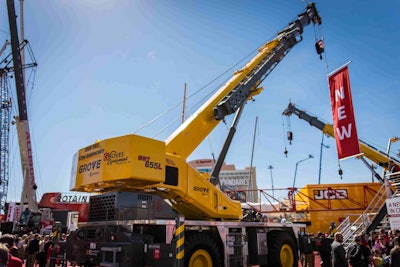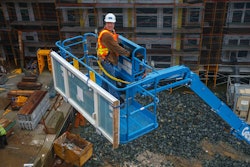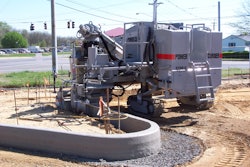
The final rule requires employers to train operators to perform assigned crane activities, evaluate those operators and then document successful completion of those evaluations, OSHA said Wednesday in a news release.
The final rule will become effective December 9, with the exception of the employer evaluation and documentation requirements. Those requirements will take effect February 7, OSHA said.
Here’s a breakdown of what’s required and when:
- November 10 – OSHA will require crane operators to be certified by the type of crane they operate. OSHA was previously going to require that operators also be certified by the crane’s rated lifting capacity – and the existing rules taking effect November 10 still say that – but the final rule has dropped that requirement. Though the final rule does not take effect until December 9, OSHA issued guidance for the interim period saying it would accept certification by crane type only or by crane type and capacity.
- December 9 – The final rule will take effect, minus the employer evaluations and documentation requirements.
- February 7 – The evaluation and documentation requirements of the final rule will take effect. OSHA says that employers who have evaluated operators before December 9 will not have to conduct those evaluations again, but will only have to document when those evaluations were completed.
OSHA says the final rule also clarifies that it is the employer’s responsibility to ensure workers can safely operate the cranes they are in. Crane operators must be certified or licensed on the equipment and receive ongoing training as necessary to operate new equipment, OSHA says.
OSHA acknowledges that some operators have also been certified by crane type and capacity, and it says those certifications will still be acceptable under the final rule.
The rule exempts derricks, side-boom cranes and equipment with a max manufacturer-rated hoisting/lifting capacity of 2,000 pounds or less.
According to OSHA, the rule applies to a range of equipment, including the following:
- Mobile cranes, including crawler mounted, wheel-mounted, rough terrain, all-terrain, commercial truck-mounted, and boom truck cranes.
- Tower cranes, including those with a fixed jib (i.e., “hammerhead boom”) those with a luffing boom and self-erecting tower cranes.
- Articulating cranes, such as knuckle-boom cranes. (An exception is when such cranes are used to deliver material to a construction site and simply places the material on the ground.)
- All derricks, except for gin poles used for the erection of communication towers. (Note that, despite their name, “digger derricks” are not “derricks” under the standard. The standard applies to “digger derricks” unless they are used for certain work.)










